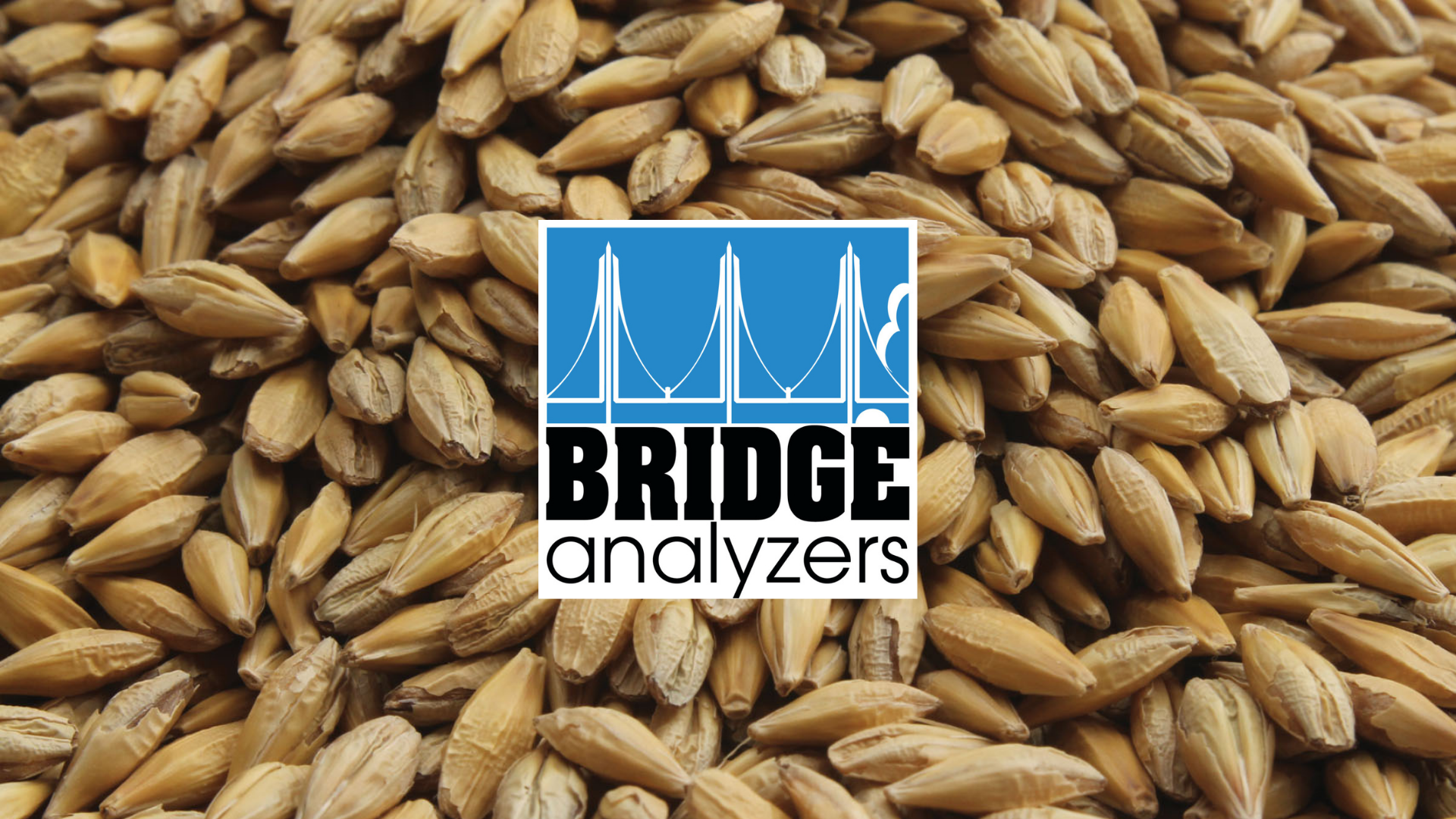Modified Atmosphere Packaging (MAP) of cereal and grain products like rice, corn, wheat, oats, millet, and barley greatly increases their shelf-life and shelf-stability. Maintaining the shelf-life and quality of these commodities is of great importance as they are used as the base ingredients in many of the food and beverages we love so much, such as: bread, pastry, pasta, breakfast cereal, and beer.
While most of us know we eat our fair share of grain and grain-based products, how many of us have ever taken a moment to consider just how much grain is needed to produce all of these delightful starchy products. Well we did. We took a little time to do some research on production levels in the U.S. and were shocked at the scale at which grain is both produced and consumed.
For instance in 2019 overall barley production clocked in at a shocking 169,566,000 bushels. When you consider that one bushel of dried barley is 48 lbs., you’re looking at 8,139,168,000 lbs. of dried barley produced in just one year. We thought that was a lot too, until we saw the numbers for wheat and corn. In 2019, about 1.92 billion bushels of wheat were produced in the U.S. while 14.42 billion bushels of corn were produced. When you realize that one bushel of dried wheat is 60 lbs., and there were 1.92 billion bushels produced, you’re looking at a big number when it comes to pounds: 115,200,000,000 lbs. And when it comes to corn, one bushel dry is 56 lbs., so times that by 14.42 billion bushels and you’ll get a staggering 807,520,000,000 lbs. of dried corn.*
That’s a lot of grain to keep fresh and free of mold and oxidation, which is where we come in. Cereal and grain products are dry and contain lipids, because of this they are susceptible to lipid oxidation. Lipid oxidation in grain causes off-flavors and rancidity that are extremely unappealing to end users who rely on fresh grains to make their product. Strangely enough, due to the fact that grains are dry, i.e. they have lower water activity, they are stable against microbial growth, which is nice.
No one wants oxidized grain which is why we think it is essential to implement a suitable Modified Atmosphere Packaging process that includes a thorough quality control process step using Bridge Analyzers MAP Gas Analyzers to perform headspace gas analysis on the packaged grain product.
The most commonly used gases to package grain are carbon dioxide (CO2) and nitrogen (N2). Depending on which gas is used to flush the packaged grain either our MAP Oxygen Analyzer (Model 900041) or our MAP Oxygen/CO2 Analyzer (Model 900141) should be used.
Well, that’s all for now. We’ve enjoyed exploring a small portion of the world of grain with you, and we look forward to hearing from you soon. Let us know how we can help you keep your grain fresh for your customers.
